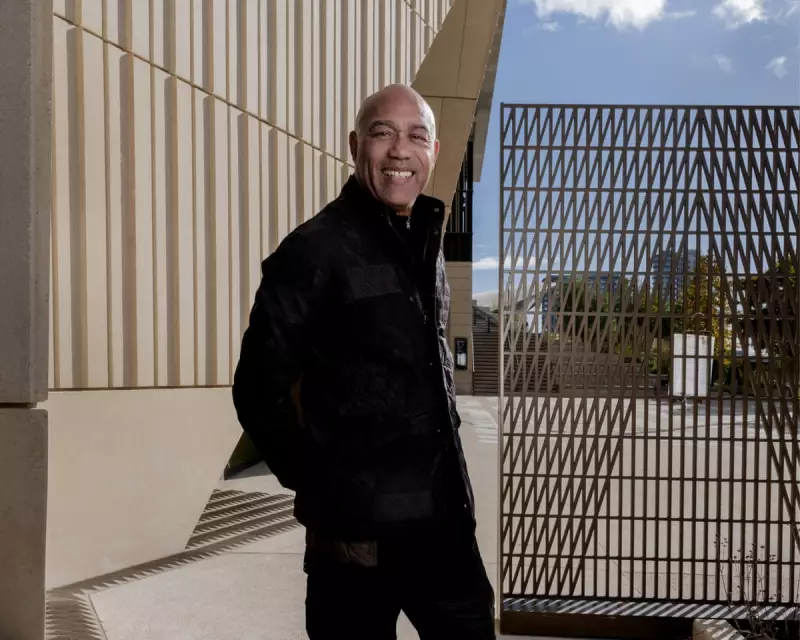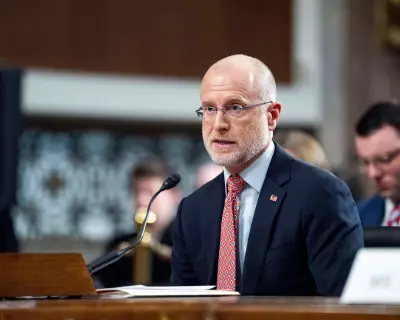
The Victoria and Albert Museum's ambitious new project, V&A East, is set to challenge traditional museum conventions under the visionary leadership of director Gus Casely-Hayford. Opening in Stratford's Queen Elizabeth Olympic Park, this groundbreaking institution aims to redefine what a 21st-century museum can be.
A Museum for the Next Generation
Casely-Hayford describes V&A East as "unapologetically diverse" and specifically designed to engage Generation Z visitors who often feel excluded from traditional cultural institutions. "We're not just creating another museum," he explains, "we're building a space that reflects the vibrant, multicultural reality of contemporary Britain."
Radical Collection Strategy
The museum will showcase an unprecedented diversity of objects, ranging from historic artefacts to contemporary digital art and everyday items that tell the stories of marginalised communities. This approach deliberately moves away from Eurocentric narratives that have dominated museum collections for centuries.
Key innovations include:
- Digital-first exhibitions that blend physical and virtual experiences
- Community-curated displays featuring local East London stories
- Interactive installations encouraging visitor participation
- Flexible spaces that can transform for different events and audiences
Strategic Location in Cultural Heartland
Positioned in East London, an area renowned for its creative energy and diverse population, V&A East represents a significant departure from the museum's traditional South Kensington home. The location strategically places it at the crossroads of emerging artistic communities and established cultural landmarks like the London Stadium and ArcelorMittal Orbit.
Redefining Cultural Accessibility
Casely-Hayford emphasises that accessibility extends beyond physical access to include emotional and intellectual accessibility. "We're removing the barriers that make many people feel that museums aren't for them," he states. The programming will include late-night events, workshops, and digital content designed to meet younger audiences where they are.
This bold initiative comes at a crucial time when cultural institutions worldwide are grappling with questions of relevance, representation, and engagement in an increasingly digital and diverse society.





